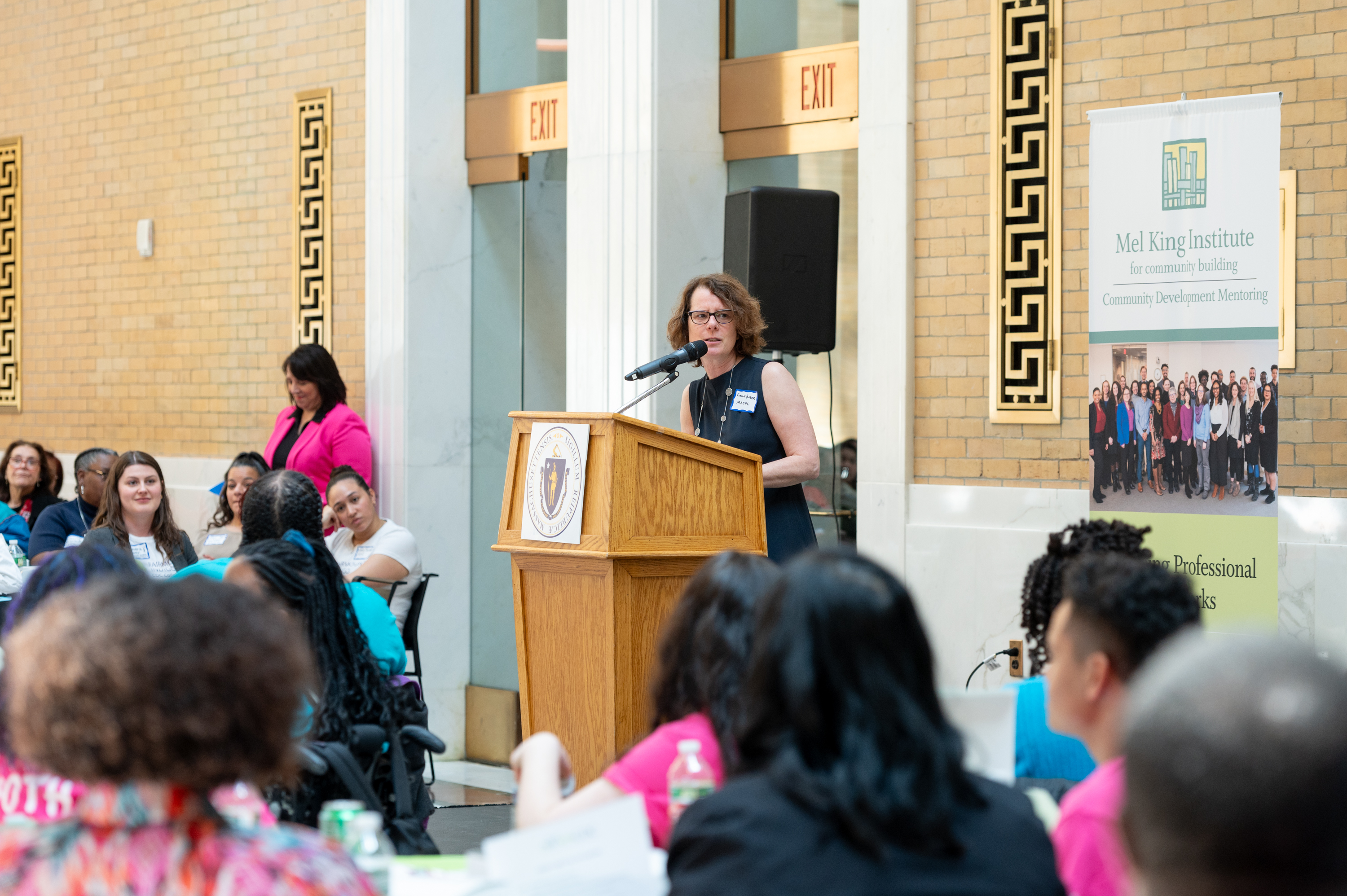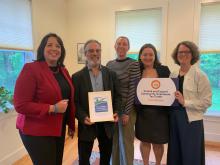INTRODUCTION
The Massachusetts Community Investment Tax Credit (CITC) program, launched in 2014, continues to be a reliable source of funds for Community Development Corporations (CDCs). In the program’s first six years, over $65 million was raised to support critical Community Development projects and programs, including $17.5 million in 2020, the most raised in any year to date. MACDC previously published a detailed report on the fundraising success of the CITC program, available on our website. While raising these funds is a significant achievement, it is important to understand how these funds are assisting participating CDCs in better serving their communities.
Despite the COVID-19 pandemic, the CITC program appears to have given CDCs the capability to continue to grow in the past year, as well as providing them the means to address the pandemic’s challenges head-on. In this report, we will explore how CITC funding was used to maintain similar annual accomplishments and rates of growth in CDCs that we have seen since the program’s creation. Additionally, we will cover some of the ways our CDC members took initiative in addressing the public health, financial, and housing crises created by the pandemic with the help of CITC funding.
BENCHMARK METRICS
The data presented throughout this report comes from MACDC’s GOALs Report. Each year, state-certified CDCs are required to complete the GOALs survey that aims to capture detailed information on an organization’s performance across six major areas: community leader engagement; families supported; homes built or preserved, job opportunities created or preserved; and funds invested by CDCs in local communities. This year, we included questions that covered the CDCs’ response to the COVID-19 pandemic in many of these areas.
In 2020, state-certified CDCs reported:
- 1,586 community leaders engaged
- 63,359 families supported with housing, jobs, or other services
- 1,043 homes built or preserved
- 4,054 job opportunities created or preserved
- 1,547 entrepreneurs received technical assistance
- $842.6 million invested in local communities
Understandably, these numbers are slightly under their equivalents in 2019. This can be explained as CDCs shifted focus to pandemic relief as the year progressed. Regardless, these are substantial feats across all categories, and do not include the specifics of the CDCs pandemic relief plans or how the CDCs themselves improved to increase capacity for support in upcoming years.
CDC ORGANIZATIONAL CAPACITY
In 2020, 69% of the CDCs participating in the CITC program report that it is helping them increase their operating budget. Additionally, 62% of the participating CDCs have added or expanded the goals for their organization, indicating that their organizations are not just becoming increasingly stable, but growing, due to the CITC program. In fact, 94% of all CDCs involved in the CITC program noted an increase in their organization’s operating capacity.
A CDC’s greatest cost is staff salaries, often greatly out pacing consultant fees and facility rental or mortgage payments. CDCs are not likely to expand their staff capacity without recognizing a stable multi-year revenue source to cover these new costs, which means that the consistency of CITC-leveraged funding is key to its capacity building impact. As the data highlights, 69% of CDCs involved in the program increased their staffing levels due in part to the CITC program. 48% of CDCs also reported more staff training as a result of this funding increase.
The CITC GOALs Survey also looks into how the CITC funds can assist CDCs in raising money from other sources. 87% of CDCs highlighted that CITC-generated funding helped them leverage both public and private, non-CITC funding. It can be inferred that the additional capacity created by CITC allowed CDCs to provide their communities better pandemic relief programs. MACDC identified that CDCs assisted small businesses in their communities with obtaining over $22 million in PPP loans and small business relief grants. Furthermore, they were able to arrange $28 million in direct cash assistance to rental households.
CDC ACTIVITY ANALYSIS
The CITC GOALs Survey also captures the activities that CDCs added or expanded with CITC. MACDC tracks the following activity categories: real estate development; housing services; small business assistance; financial stability; community leadership development/support; job training/workforce development; elder programs; youth programs; and community engagement.
75% of all CDCs participating in the CITC program reported that they added or expanded their community engagement this year. 65% stated they added or expanded real estate programs, 58% did the same for public social services, like community emergency assistance, and 52% said they added or expanded their housing services. Every other category continued to see growth as well. The increase in community engagement underlines a fundamental goal of the CITC program: To expand and enrich a CDC’s engagement with the residents of the communities in which they work as CDCs strive to be organizations that grow from the bottom up, in that residents inform the CDC on their priorities, programs and, rather than government contracts or for-profit interests determining what should be pursued.
This year’s GOALs surveys identified that 91% of CDCs developed and executed a plan to address COVID-19 in their communities. Solutions they enacted included food assistance, internet services, and connections to mental health resources. 79% of CDCs reported taking specific measures to ensure health and safety in their community through enacting social distancing measures, wellness calls, providing meals to residents, supplying PPE, and organizing socially distant activities. Seven CDCs even acted as testing sites.
CONCLUSION
The CITC program continues to exceed its original objectives. As a tax credit, it gives taxpayers the opportunity to support targeted philanthropy in communities largely composed of less advantaged members of our neighborhoods and towns. As a program that brings together public and private support to address critical community needs, the CITC program strengthens bedrock institutions that are mission driven to ensure that all Massachusetts residents have an opportunity to thrive. This year, these institutions have gone above and beyond with the resources provided by CITC as they have continued to expand access to housing, employment, health, and community resourcesin the wake of the COVID-19 pandemic.









